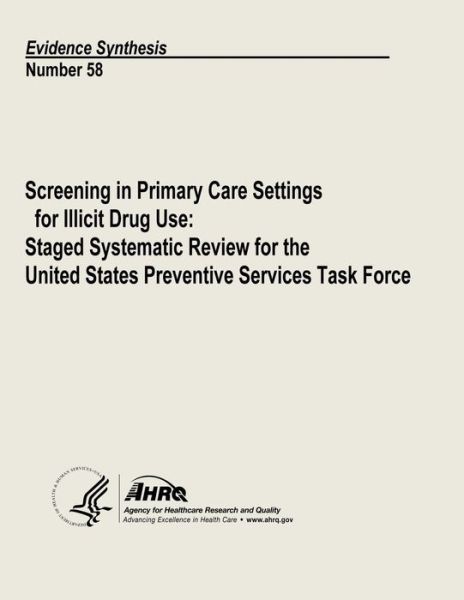
Vertel uw vrienden over dit artikel:
Closing the Quality Gap: a Critical Analysis of Quality Improvement Strategies: Volume 1 - Series Overview and Methodology: Technical Review Nu
U S Department of Heal Human Services
Closing the Quality Gap: a Critical Analysis of Quality Improvement Strategies: Volume 1 - Series Overview and Methodology: Technical Review Nu
U S Department of Heal Human Services
Publisher Marketing: In early 2003, the Institute of Medicine (IOM) released its report, Priority Areas for National Action: Transforming Health Care Quality. The report listed 20 clinical topics for which best practice treatment guidelines are strongly supported by clinical evidence. Unfortunately, the report and a substantial quantity of other scientific literature show best practice implementation rates in the United States have been disappointing low, and at an annual cost of many thousands of lives. To bring data to bear on the quality improvement opportunities laid out in the IOM's 2003 report, the Agency for Healthcare Research and Quality (AHRQ) asked the Stanford-UCSF Evidence-based Practice Center (EPC) to perform a critical analysis of the existing literature on quality improvement strategies for a number of the 20 disease and treatment priorities noted in the IOM Report. Rather than concentrating on the specific clinical practices that appear to improve health outcomes, these analyses focus on the effort of translating research into practice-identifying those activities that increase the rate at which effective practices are applied to patient care in real world settings. The goal is one of narrowing the quality gap that is largely responsible for suboptimal health care practices and outcomes. This is the first volume in a series of reports intended to support these goals. A carefully designed methodology will be applied to the scientific literature for a number of medical conditions characterized by the IOM as high-level threats to health and longevity. It is AHRQ's hope that the series will stimulate ideas for ongoing quality improvement activity nationally, as well as in individual health systems and among individual caregivers. Closing the Quality Gap is intended to assist a wide range of users: Policymakers can use the detailed evidence review to prioritize quality improvement strategies and choose how best to close the quality gaps in their organizations; Researchers can find detailed information about well-scrutinized areas of treatment, while learning of other areas in need of further exploration; Clinicians and trainees can see a broad spectrum of approaches to improving the quality of care. Some of these approaches fall within the control of individual practitioners, while others will require major systemic changes at the local level or beyond; Patients can learn quality improvement strategies that they can help to promote, while gaining a deeper understanding of the nature and extent of quality gaps, as well as the systemic changes necessary to close them; Groups and individuals charged with funding research will be able to identify high-yield areas of concern that warrant future research support. The purpose of this report is to help readers assess whether the evidence suggests that a quality improvement strategy would work in their specific practice setting or with their specific patient population. Three important questions should be considered: 1. Are the studies of the strategy valid? A study has validity (sometimes called "internal validity") if its findings are likely to be true in the population in which the study was performed. The primary determinant of validity is the design and conduct of the study. 2. For each quality improvement strategy that has been evaluated in multiple studies with sufficient validity, does the weight of evidence indicate that the strategy is effective? 3. Can the conclusions of a body of evidence be applied to a specific practice setting or population of interest?
| Media | Boeken Paperback Book (Boek met zachte kaft en gelijmde rug) |
| Vrijgegeven | 7 juni 2013 |
| ISBN13 | 9781490382135 |
| Uitgevers | Createspace |
| Pagina's | 88 |
| Afmetingen | 216 × 280 × 5 mm · 226 g |
Meer door U S Department of Heal Human Services
Bekijk alles van U S Department of Heal Human Services ( bijv. Paperback Book )

































